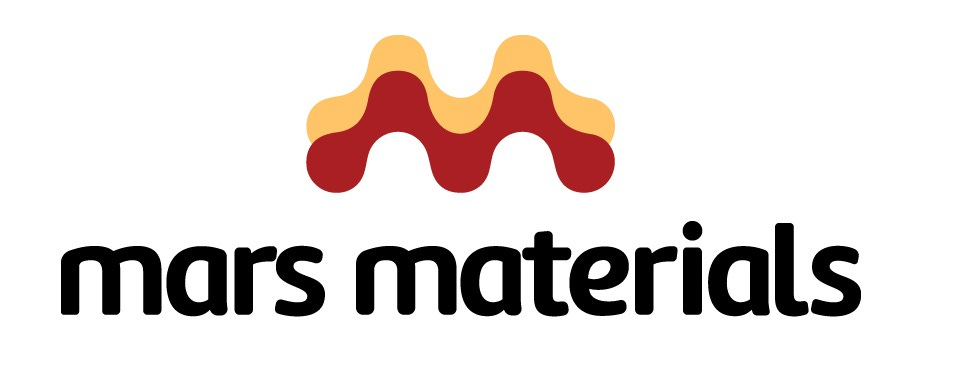8 companies at the cutting edge of carbontech and carbon capture
These companies are using or capturing CO2 in totally new ways.
April was a big month for carbon removal. A pioneering group of companies launched Frontier Climate - a nearly $1 billion Advance Market Commitment (AMC) to further catalyze the carbon removal market (I’ve written more about AMCs here and here). In the days following, Lowercarbon Capital revealed a $350M carbon removal venture fund, the DOE announced $14M in funding for direct air capture (DAC) pilot projects, and 15 companies were each awarded $1M through Elon Musk’s $100M Carbon Removal XPrize initiative.
Carbon removal is certainly hitting its stride. Given the growing interest in the space, I want to highlight a number of companies with particularly unique approaches to capturing or utilizing CO2. The companies profiled below have either found exciting ways to infuse CO2 into products like fuels and building materials (known as carbontech) or have found new approaches to capture carbon altogether. An analysis done by Carbon180 found that the carbontech market could reach $1 trillion in the United States and almost $6 trillion globally. A study by The University of Michigan’s Global CO2 Initiative estimates that carbontech could utilize billions of tons of CO2 and result in trillion dollar markets by 2030 - with concrete, fuels, and aggregates having the greatest market potential.
The companies profiled below are not necessarily capturing atmospheric CO2 and storing it underground, but they play an important role in driving demand for underlying carbon removal and carbon capture technologies while enabling industries to directly decarbonize their supply chains. Here they are:
Aircela

Forget the EV, Aircela wants you to keep your car. The company is developing systems that can be installed in your garage (or deployed at gas stations) and will refuel your ICE vehicle using atmospheric CO2 and green hydrogen. This is an ambitious vision, and the company counts DAC pioneer Klaus Lackner as an advisor. I think EVs will ultimately win the day, but Aircela offers an intriguing solution for individuals, companies, or governments with vehicles that aren’t anywhere near ready for EV replacements.
CarbonCure Technologies
Concrete is one of the most used materials in the world. Its main ingredient - Portland cement - accounts for 7% of global CO2 emissions. CarbonCure’s technology injects CO2 into a concrete mix where it is stored permanently in mineralized form - even after the physical concrete structure has been demolished. Their approach has the important benefit of reducing the volume of Portland cement needed in each concrete batch, further reducing concrete’s carbon footprint.
500 concrete plants have installed CarbonCure’s technology to date and the company recently signed a massive purchase agreement for carbon credits to store CO2 through their mineralization process. This is a burgeoning space, so keep an eye out for other innovators like Neustark, CarbonBuilt, Solidia, CarbiCrete, and Carbon Upcycling Technologies.
Twelve
Twelve transforms atmospheric CO2 into fuels and chemicals. The company claims that their E-Jet fuel, made from CO2 and water, is drop-in ready (it can be used in existing aircraft) and has 90% lower life-cycle emissions than traditional jet fuel. Twelve recently received a large $20M grant from the Chan Zuckerberg Initiative to enhance their CO2 electrolysis process.
Using atmospheric CO2 to develop low-carbon fuels that can be used in existing aircraft could be game changing for the aviation industry. Keep an eye out for other innovators in this space, like Zenid, which is building a synthetic fuels demonstration plant in Rotterdam.
Mars Materials
Mars Materials is using captured CO2 to develop materials like carbon fiber. The company is still pre-launch, but you can learn more about them and their technology in this recent “This Is CDR” episode. Another company developing durable carbon negative products worth looking at is Made of Air.
AirCo
AirCo uses captured CO2 to create consumer goods like vodka, hand sanitizer, and perfume. Using CO2 in consumer goods has the added benefit of helping raising the general publics’ awareness of carbontech. The company just raised a $30M Series A and their Air Eau de Parfum (pictured above) was recently profiled in Fast Company.
Graviky Labs
India-based Graviky Labs has developed a technology to use captured carbon to create ink! To date, their proprietary AIR-INK technology has been a part of collaborations with fashion-brand Pangaia and Doconomy/Mastercard.
Remora
Remora has developed a device that captures CO2 emissions from the tailpipes of semi-trucks. The company then sends that CO2 to potential end users (like concrete plants), splitting revenues from CO2 sales or carbon credits with their customers. Remora’s technology plays an important role in decarbonizing transportation, which accounts for over a quarter of greenhouse gas emissions in the United States.
Soletair
Soletair wants to remove CO2 from the atmosphere... in your office. The company’s novel technology essentially integrates a DAC unit onto a building’s HVAC. CO2 concentrations are higher indoors and the company claims that reducing CO2 concentrations indoors has health benefits - including reducing brain fog.
The last two companies on this list don’t exactly fit the definition of carbontech, but they’re certainly relevant. Ultimately, the companies profiled above not only play an important role in decarbonizing the materials, fuels, and products we depend on everyday - they also help catalyze adoption of technologies that will benefit the carbon removal industry long-term, ultimately driving down their costs. For now, we need more start-ups securing funds and opening up new markets for carbontech and carbon capture to help the industry realize its full potential.
What do you think? Which companies are you excited about? Let me know in the comments!
The views expressed in this post are mine alone and no compensation was received for publishing it. Company logos were retrieved from Google image search. To receive regular ideas and analyses on carbon removal and the new carbon economy, please subscribe. If you enjoyed this post, please share it with friends. And if you’d like to get in touch, you can find me on LinkedIn and Twitter.






